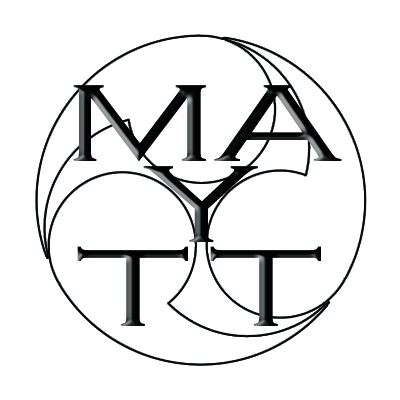Stevens, John. The Way of Judo: A Portrait of Jigoro Kano and His Students. Boston: Shambhala Publications, Inc, 2013
I had been wanting to read more about Jigoro Kano for a while now, however, I was always wary of the few biographies published in English because of the reviews relating how incomplete they were. It was not until recently that I stumbled onto John Stevens’ biography of the man himself and I felt, since it included Kano’s story as well as many of his top students’ lives as well, it was worthwhile. After a few pages, I realized it read very similar to Stevens’ previous biography on Morihei Ueshiba, Abundant Peace, and was separated in a similar fashion as well. Instead of hitting the reader all at once with combined information, Stevens divides different aspects so that he builds who Kano was as a person one piece at a time. He spends a great deal of time on Kano’s time as a teacher and a school master, drawing the line between the education system and how he approached judo. In doing so, he underscores the efforts Kano played in introducing judo into the Japanese education system.
Stevens also emphasizes the obstacles Kano faced in trying to demonstrate the moral and ethical lessons that are present in judo training, especially with his early students. This aspect is clear in the independent profiles of each if his students. Kano made it known that judo was more about moral, ethical, and personal development than scoring a point or ensuring a win during a competition; his students, even those who Kano left in charge during his travels, felt and thought differently. Many of Kano’s students – Yoshitsugu Yamashita, Shiro Saigo, and others – came from a rough background, making a habit of participating in street fights and bar brawls. These students, as they spread judo across Japan and ultimately the world, felt that winning was the most important aspect of judo – kata was for women and randori training was everything. This misalignment between Kano and his teachings, and what his most senior students were pontificating was an issue that he had to face multiple times throughout his life.
Is there a continued misalignment or misunderstanding of what Kano wanted judo to be and what practitioners gravitated towards today, just like there was during Kano’s lifetime? Stevens does not provide an answer; however, it is an important question to ask today. How much has judo changed since Kano’s time, since the 1960s? Were they positive or negative changes and in what ways have these changes helped raise the awareness of judo and complemented its growths and/or declines?
While Stevens does not answer these questions, as it was beyond the scope of his topic, The Way of Judo provides a snapshot of what Kano wanted judo to be and how it was trained and taught by him and his students and a basis for future judoka to see how far the art and training has come.


